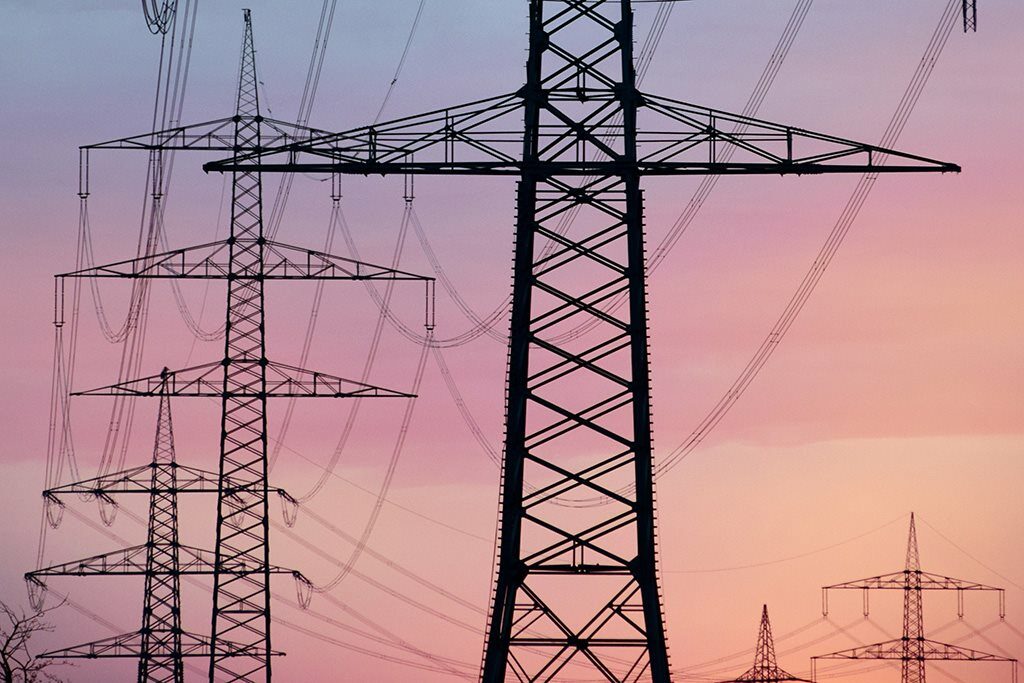The government has announced billions in new funding for green energy projects next year, but experts have raised concerns over grid connections.
In early October, the government announced a £21.7bn investment over 25 years in carbon capture projects based in Teesside and Merseyside.
Chancellor Rachel Reeves’ Budget today (30 October) outlined the shape of funding for 2025/26 as part of the government’s mission to make Britain a “clean energy superpower”.
Reeves told MPs: “To bring new jobs to Britain and to drive growth across our country, we are delivering our mission to make Britain a clean energy superpower led by my right hon friend, the energy secretary.”
Reeves said the government would make £3.9bn of funding available in 2025/26 for carbon capture, usage and storage projects “to decarbonise industry, support flexible power generation, and capitalise on the UK’s geographic and technical strengths”.
She also announced funding for 11 new green hydrogen projects, which she said would be among the first commercial-scale projects in the world.
A further £1bn over three years was also pledged to fund hundreds of local energy schemes to help decarbonise the public estate through the Public Sector Decarbonisation Scheme.
The settlement provides £2.7bn towards Sizewell C’s development, with a final investment decision on the future of the scheme to be made in Spring next year.
Reeves announced new cash to grow the heat pump manufacturing supply chain, although it is unclear how much money will be available. The move was wrapped up in the announcement of a £3.4bn Warm Homes Plan, more than half of which includes £1.8bn to support fuel poverty schemes.
Remaining cash will go towards more funding for the Boiler Upgrade Scheme in England and Wales.
Joy Finc, associate at property consultancy Gateley Hamer, said: “Part of making Britain a ‘green energy superpower’ will be ensuring the connection of large-scale generation schemes to the grid.
“With both the National Grid and individual DNOs [distribution network operators] struggling to provide capacity to facilitate projects currently in planning, there is much continued, collaborative work to be undertaken around network reinforcement works within the electricity transmission and distribution space to support.”
Philip Silk, development director at Conrad Energy, said: “Opening the cheque book for new projects is of course vital, but there is still the fundamental problem of how we connect these to the grid. As things stand, the grid works on a first-come, first-served basis, with a pipeline of projects that’s continuing to grow at a rate of around 20GW a month.
“The problem is that viable projects often find themselves stuck behind a horde of zombie projects that have little chance of success.”
Today’s Budget provides a 14.7 per cent rise in the capital spending budget of the Department for Energy Security and Net Zero on 2024/25 estimated spending.
However, that figure rises to 36 per cent if spending on carbon capture on hydrogen projects is included, subject to a classification decision by the Office for National Statistics.

